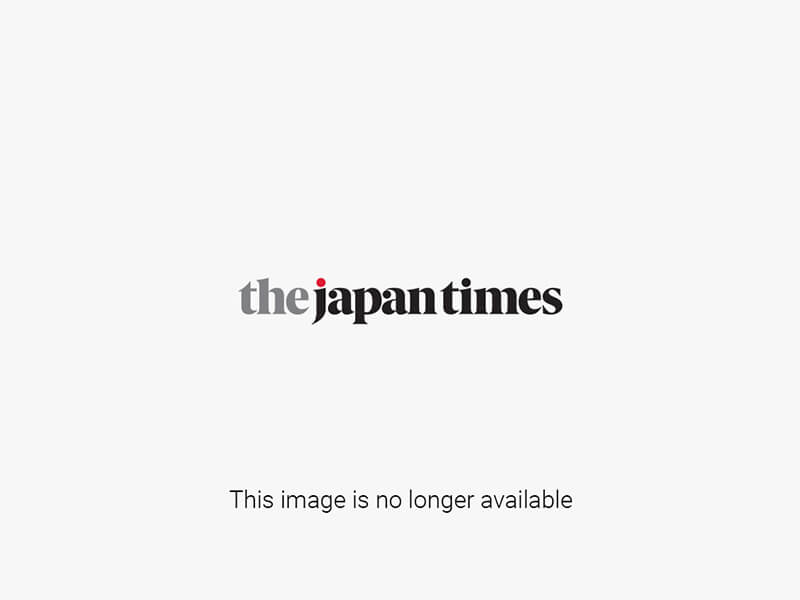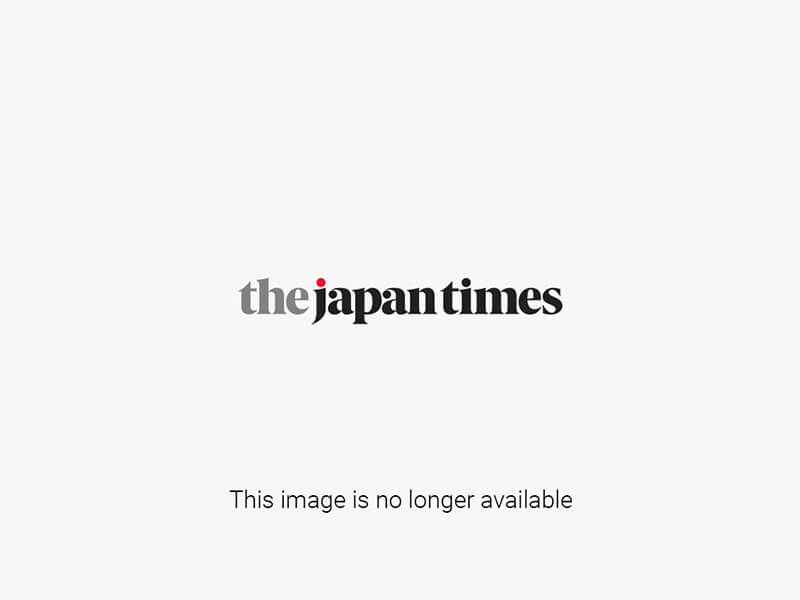Coins issued in ancient Rome have been excavated from the ruins of a castle in Okinawa Prefecture, the local board of education said, the first time such artifacts have been discovered in Japan.
The board of education in the city of Uruma said the four copper coins, believed to date back to the Roman Empire in the third to fourth centuries, were discovered in the ruins of Katsuren Castle, which existed from the 12th to 15th centuries.
Okinawa's trade with China and Southeast Asia was thriving at the time and the finding is "precious historical material suggesting a link between Okinawa and the Western world," the board of education said.
Each coin measures 1.6 to 2 cm in diameter. The designs and patterns on both sides are unclear due to abrasion.
Based on X-ray analysis, however, the board said the coins appear to bear an image of Constantine I and a soldier holding a spear. Other relics unearthed from the site include a coin from the 17th century Ottoman Empire, as well as five other round metallic items that also appear to be coins.
The ruins of Katsuren Castle were registered in 2000 on the World Heritage list as part of the Gusuku Sites and Related Properties of the Kingdom of Ryukyu, a group of ancient monuments and castle ruins in the island prefecture.
The coins will be displayed at Uruma City Yonagusuku Historical Museum in central Okinawa until Nov. 25.
Corrected: On Sept. 28 we corrected the caption and added a new photo of the Roman coin.




